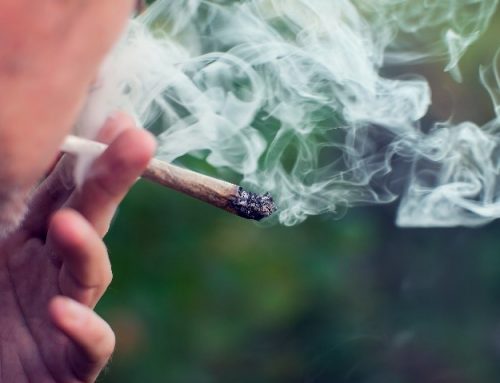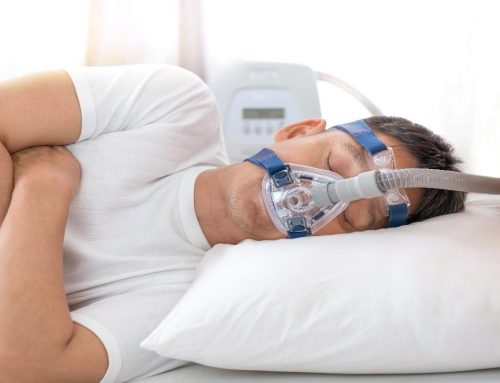Table of Contents
Difference Between Coronavirus Ventilators, CPAP And BiPAP Machines
As doctors face a shortage of ventilators that are vital for treating coronavirus patients with respiratory complications, some hospitals are turning to other ventilation devices to do the same job.
This has sparked a new conversation concerning the difference between ventilators, CPAP machines, machines, and bi-level respiratory devices known commonly as bi-level positive airway pressure, BiPAP, devices.
American Association for Respiratory Care chief business officer Timothy R. Myers told FOX Business that BiPAP is a trade name from a ventilator organization and is misused regularly. He said this term should never be utilized in COVID-19 discussion unless speaking about Medtronic’s mode of ventilation.
Ventilators used in hospitals are bedside devices that help patients breathe when their bodies can’t do so on their own. The device delivers oxygen to the body by invasive tubing that passes through a patient’s mouth, vocal cords, and into their lungs. Ventilators have several settings that can be adjusted based on a patient’s condition, size, and age.

CPAP and bi-level ventilator devices are basically used for sleep apnea, which is a sleep condition that causes an individual’s breathing to stop and start irregularly. CPAP and bi-level devices are non-invasive, meaning they utilize a breathing mask to be put over a sleep apnea patient’s nose to aid with breathing.
CPAP machines only offer continuous flow and positive end-expiratory pressures, or PEEP, AARC told FOX Business in a statement. The CPAP device can’t be used for invasive ventilation on an intubated patient.
“Most cannot provide blended oxygen concentrations and cannot provide machine breaths to breathe for the patient. They also don’t have monitor interfaces, and most do not have alarms,” the association elucidated.
Bi-level machines are different since, unlike CPAP machines that only provide a continuous flow of air and PEEP, these machines have two pressures as well as inspiratory and expiratory positive airway pressure, or IPAP and EPAP, AARC explained.
Since these devices have additional capabilities, AARC explained, many models are FDA approved for invasive ventilation, and the others can be adapted under present federal regulations.
“Many hospitals have these in stock, but have traditionally never utilized them for invasive ventilation on intubated patients,” the association added.
Yoel Hareven, the international director at Sheba Medical Center in Israel, which is at the epicenter of the Coronavirus pandemic in Israel, told FOX Business that Sheba is actively and successfully converting bi-level machines into ventilators for the hospital’s patients.
“BiPAP and CPAP devices absolutely can be useful in the fight against Coronavirus,” he said. “In recent weeks, Sheba has converted these into life-saving devices in the fight against Covid-19, and they are presently in use in our coronavirus unit.”
All it takes to transform a bi-level machine into a ventilator is some “relatively simple technical adjustments,” Hareven explained. “In times of mass casualties, like the present pandemic or times of war, BiPAP and CPAP machines can be rapidly transformed into ventilators when there are not adequate machines readily available.”

Dr. Mary Dale Peterson, the president of the American Society of Anesthesiologists, told FOX Business that certain CPAP and bi-level machines could be transformed into ventilators with the correct technology and procedures, but she has two concerns.
First, she explained the difference between CPAP and bi-level devices, saying that CPAP devices only have one setting, whereas bi-level machines have two to inflate lungs.
The first concern with non-invasive, bi-level, and CPAP machines is aerosolizing the virus and contaminating the environment, as the NPR article notes. Besides, “there is an expiratory gap on the device where exhaled air goes, which is also a potential source of infection,” Peterson said.
The second concern is that “many COVID-19 patients who need this type of ventilation support” are probably better off using “the invasive part of ventilation and put a breathing tubing early on,” she explained.
“Having said that, some of these machines can be really useful since they can be converted into a ventilator device,” Peterson concluded.




 Shop
Shop



